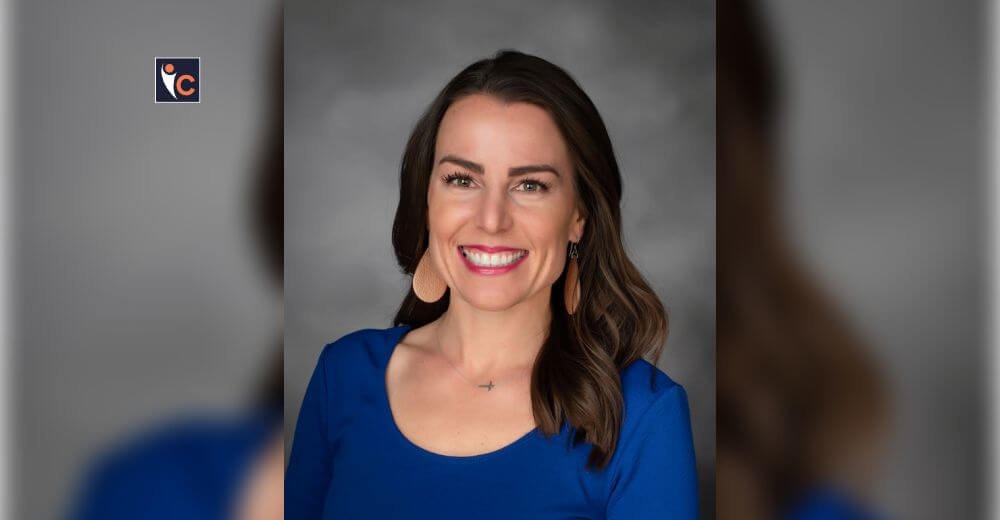A common misconception is that an individual’s body becomes resistant to specific medicines. But it is the bacteria, not the individual, that grows resistant to the medicines. Bacterial biofilms, i.e., resistant bacteria, are on the rise as they do not respond to antibiotics and cause infections. It is for this reason that some diseases that were once easy to treat are now difficult to treat, leading to increased hospital visits, healthcare costs, and readmissions. If left unchecked, these resistant infections are estimated to kill more people than cancer by 2050.
But Judith Mitchell, the Managing Director (MD) of Next Science, believes in finding another way to deal with infections. She has pushed her team into seeking non-antibiotic answers to chronic infections and innovating anti-biofilm solutions. With the purpose of reducing antimicrobial resistance and combating infections, XBIO Technology is yet another of the company’s innovative, non-toxic approaches that deconstructs the structure of biofilm by removing its metal ions. This makes the bacteria vulnerable to attack without any observed resistance.
Through an interview with Insights Care, Judith Mitchell walks us through her journey that has made Next Science a leading Biotechnology Research firm:
Please brief our audience about Next Science. Kindly tell us the source of inspiration for venturing into the healthcare sector.
Next Science is a unique biotech company that has developed answers to some of the unmet needs in modern health care, such as chronic wounds, prosthetic joint infection, and dealing with biofilms, a complication that can create chronic infections that are very difficult to resolve. Our inventor and founder, Dr. Matt Myntti, was part of the Medtronics biologics team in Jacksonville, and he consistently found the devices failing because of biofilms. As a material scientist, he looked at this problem differently, and found a completely novel way to eliminate the biofilm, such that it was not toxic to humans; something that had never been done before, and currently there is no similar technologies to ours.
The company began with a novel technology to treat chronic infections and a desire to improve the lives of patients who were suffering unnecessarily. We have not strayed far from that mission. We now address the prevention of infection as well as the resolution of some chronic infections, but we are still very aligned with our mission of “healing people and saving lives.”
Brief us about yourself and shed some light on your journey as the guiding light of Next Science.
Having been privileged to spend my business career in health care, I have benefited from a broad range of experience, starting in imaging with GE Medical Systems when MRI was being introduced in Australia, Cochlear, where I was part of the global management team that helped take that technology to the world, and then in orthopaedics with Synthes and then DePuy Synthes for Asia Pacific.
Each position brought its own learnings that allowed me to come to Next Science with not only a knowledge of those customers who need us (having seen infections ruin the work of great surgeons), but also a huge empathy for patients and their families who suffer because of the silent, invisible enemy of chronic infections.
Bacterial infections are estimated to kill more people than cancer by 2050. What are some of the operations you are emphasizing to improve surgical outcomes?
Our products are not antibiotics, so our ability to resolve some chronic infections or prevent chronic infections has the added benefit of not adding to the very real medical issue of growing antimicrobial resistance.
We believe in the widespread use of our preventative products, which can reduce one of the starting points of long-term infection—the surgical site infection—so that people aren’t taking infections home from the hospital. We can also serve as an infection-control barrier during other medical procedures, such as catheter and PICC line insertion. Ultimately, stopping the occurrence of infection
Our early clinical study work shows that we can greatly reduce postoperative infection in hip and knee primary surgeries and hip and knee revision surgeries, where postoperative infection can be catastrophic.
Antibacterial resistance has become a global problem. What are your thoughts on the same, from a healthcare perspective?
We are great believers in finding another way to deal with infections. We have products that help. We also believe more research should be pushed into finding non-antibiotic answers to the problem.
The first challenge is the biofilms that protect against infections. Currently, there is no defined test for a biofilm. Hence the ability to remove biofilms, which is key to removing chronic infections, cannot be confirmed by a test. It’s almost a catch-22 situation because the regulators cannot provide anyone with labeling that says, “This product removes a biofilm.” This must change. In disinfectants, the EPA has built a standard and will now make a biofilm claim. The health care regulators are having more difficulty, generally due to the lack of agreed-upon standardized testing for the presence of a biofilm.
What is your opinion on healthcare providers seeking the support of technology in treating bacterial infections and catering to the dynamic needs of patients?
Healthcare providers need data to change. They will support a new technology that has adequate patient data. This means that there is a large financial commitment for any company looking to change treatment pathways. Not insurmountable but requiring at least a 2–5 year investment to gather a large enough patient group and sort through the data, depending on the number of patients infected.
What research operations do you encourage at Next Science to come up with anti-biofilm solutions? How are these solutions helping patients in general?
We are currently conducting studies in the lungs, skin, surgical sites, chronic wounds (including tunneling wounds), bone voids, urethra, intervertebral discs, and implant hardware such as titanium, stainless steel, cobalt chrome, Teflon, polyethylene, PMMA, and calcium sulfate. Some of this research could end up in treatment products, while others will end up in augmented products protected from biofilm.
What advice would you like to give to budding entrepreneurs and enthusiasts aspiring to venture into the healthcare niche?
Welcome to the fight. Finding an angel investor with a long-term perspective is a good place to start, but the path from healthcare innovation to commercialization is not easy. If you are coming out of Australia into the global market, pick your commercialization partner carefully. You must ensure that you complement everything else in their portfolio, that their selling process is appropriate for your product, and that they are motivated by their mission to make it happen.
How do you envision scaling your organization’s services and operations in 2022 and beyond?
Our current focus is expanding our commercial footprint. We have just launched our BlastX (Oraderm) and XPERIENCE (preventative surgical lavage) products with Novus in Australia and Next Med in New Zealand, and we will be entering Canada soon.
In the US market, we have two commercial teams: one focused on surgical site prevention and one currently focused on orthopaedics. We are continuing to build out our contract distribution team. The key to this market is that the surgical lavage needs to go into surgery supported by the commercial staff supporting the hip or knee replacement (or spine or trauma implants). That means there will eventually be hundreds of contract distributors, each with two to three customers.
In wound care, we have just launched a second platform to give us greater market access and the ability to access CMS reimbursement. This is a direct sales team. The wound care business currently has a team of 20 and will be expanded organically as sales grow.










